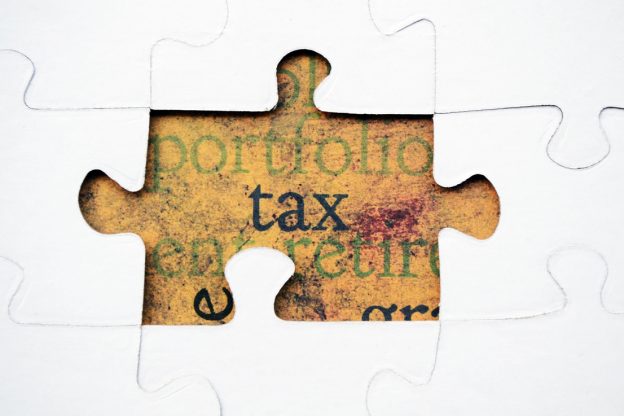
The official HMRC facebook page has recently started a social media campaign to promote the child benefit to people who have previously opted out.
An increase to the high income child benefit charge has meant many parents who opted out of claiming due to earnings are now eligible.
In the past the HICBC was set at £60k but this has been increased to £80k which means you or your partner may be able to restart the benefit.
This includes roughly 305,000 households who will see a reduction in the charge they previously paid, alongside approximately 170,000 families who will no longer face any charge whatsoever.
The recent threshold changes mean that many families who previously saw their benefit reduced or eliminated due to the high income child benefit charge will now receive more support.
With hundreds of thousands of households potentially benefiting from these changes, checking eligibility status has become more important than ever.
Who is eligible to restart the child benefit?
If you or your partner still meet the child benefit criteria, and you only opted out due to the HICBC then you could be eligible to restart your child benefit payments.
Previously, individuals earning over £50,000 annually would begin seeing their entitlement gradually reduced through the high income child benefit charge.
The system operated on a sliding scale where benefits decreased by 1% for each £100 earned above the threshold. This meant that once a parent’s income reached £60,000, they effectively lost their entire child benefit entitlement.
Under the new regulationsfor those earning between £60,000 and £80,000, the gradual tapering means they’ll still receive partial benefit, whereas previously they might have received nothing.
Additionally, the rate of reduction has been adjusted to 1% for every £200 of income above this amount.
This creates a more gradual reduction, allowing families to retain more of their benefit even as their income increases.
How do I opt back in and restart child benefit?
HMRC has a made the opt in process available online where you can submit your application digitally or fill in the form and online
The most efficient method involves using the digital application service available through the official government website or the HMRC smartphone application.
This online process guides applicants through the necessary steps and typically results in faster processing times compared to paper applications.
For opting back in HMRC give a guideline of 28 days for a response from the day your application is received.
Is it worth restarting the child benefit?
The monetary value of child benefit can represent a significant contribution to family finances.
Currently, the weekly payment stands at £26.05 for the eldest or only child in a family. For each additional child, parents receive £17.25 per week. When calculated annually, this means families with two children could receive up to £2,242.60 per year in support.
This financial assistance arrives consistently, with payments typically made every four weeks directly into the claimant’s bank account. For single parents or those receiving certain other benefits, there’s an option to receive weekly payments instead, providing more regular financial support.
For a household with two parents and two children, where one parent earns £55,000, they would previously have lost a substantial portion of their benefit. Under the new system, they would retain their full entitlement, effectively gaining over £2,000 annually.
Do I need to complete a tax return to pay the HICBC?
The child benefit threshold has changed but, the need to complete a tax return if you qualify to pay the HICBC hasn’t.
This may change in the future with HMRC working towards a system where the HICBC doesn’t need to be repaid through self assessment.
If you don’t already complete a self assessment tax return you will need to register with HMRC so you can declare your earnings and child benefit payments to allow for the HICBC charge to be calculated and paid.
Who can now claim child benefit?
The eligibility criteria for child benefit extend beyond just income thresholds. To qualify applicants must reside within the United Kingdom and assume responsibility for a child under 16 years of age.
This responsibility typically involves either living with the child or contributing financially to their upbringing at a level at least equivalent to the child benefit amount.
It’s worth noting that only one person can claim child benefit for a particular child, even within couples or co-parenting arrangements.
This necessitates careful consideration about which parent should make the claim, particularly given the associated national insurance credits that accompany it.
The support can continue beyond a child’s 16th birthday in certain circumstances. If the young person remains in approved education or training programmes, parents may continue receiving Child Benefit until they reach 20 years of age.
Qualifying educational paths include A-Levels, NVQs, and even structured home education programmes. However, university courses and BTEC qualifications typically do not qualify for continued support.
For families with multiple children, it’s important to understand that different rates apply depending on birth order. The system provides a higher payment for the eldest or only child, with subsequent children receiving a slightly lower amount.







